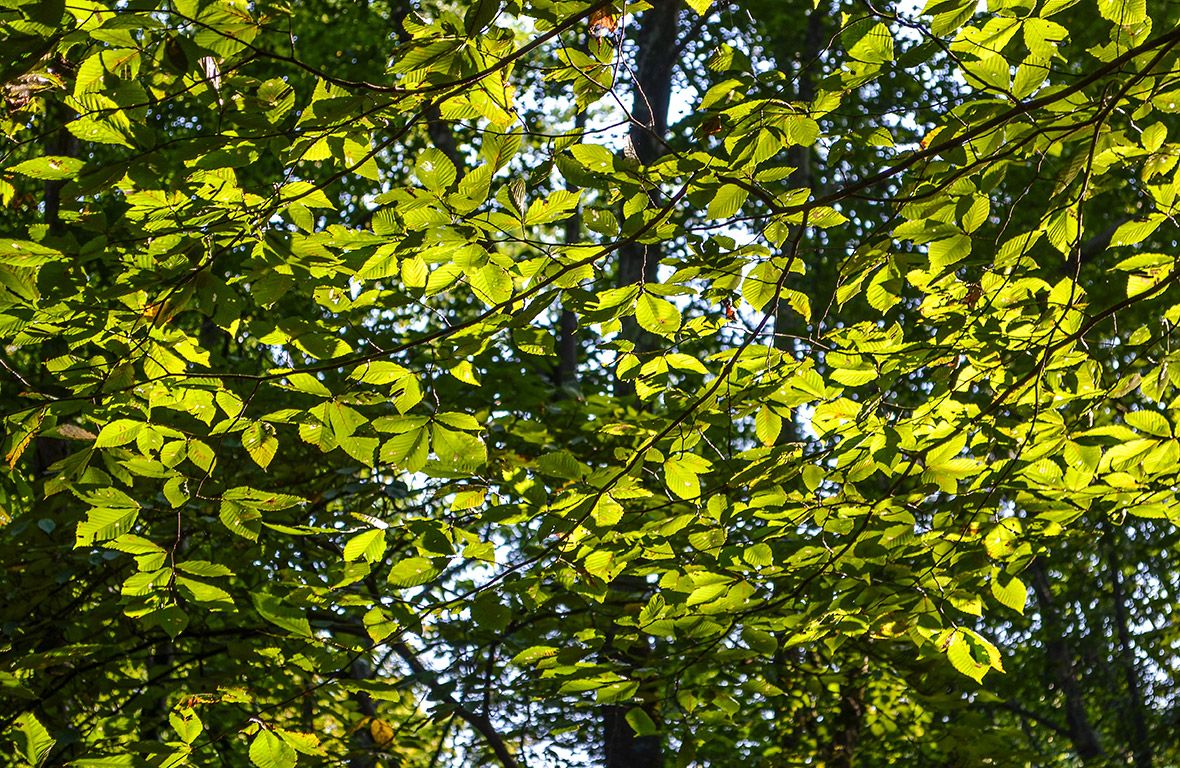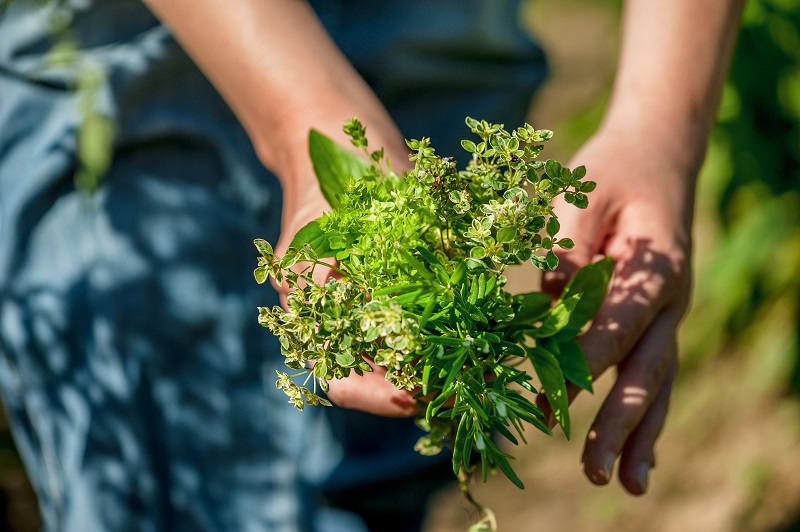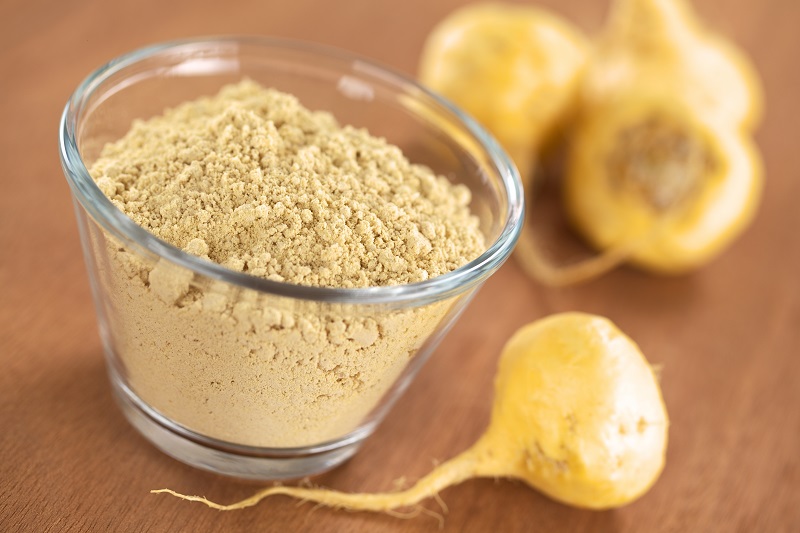Introduction
Slippery Elm, also known as Red Elm, is a deciduous tree native to North America1. In the mid-1700s it was the same species as the American Elm. Later, in 1793, Slippery Elm became a unique species2. Slippery Elm has many uses ranging from construction to medicine.Uses over time
Slippery Elm’s value to humans has a long history. In North America, different Native American tribes used inner and outer bark for different reasons3. For example, the Meskwaki used the outer bark for roofing and siding, while tribes like the Dakota and Winnebago used the inner bark to make cords and fiber3. Not only did slippery elm serve a practical physical purpose, but these and other tribes also used the inner bark for medicine, including as a poultice ingredient and as a laxative3. Still today, in the dietary supplement industry, the inner bark is a common ingredient. Also, the FDA recognized Slippery Elm as an acceptable over-the-counter treatment for soothing mucous membranes2. Dutch Elm Disease
In North America, Dutch Elm Disease hit elm populations in 1928 through imports from The Netherlands into New York4. During WWII, the regulations that had initially prevented the spread were curtailed. Spread by bark beetles, the disease devastated 75% of elm the population in North America by 19894. Slippery Elm is less susceptible to Dutch Elm disease than American Elm2. In fact, to breed a resistant species, Slippery Elm and Siberian Elm were bred but the resulting hybrids were unsuccessful4. Despite these efforts, there are only a few mature trees found in nature today. To help preserve the population, it is important that cultivated, not wild-crafted, sources are purchased1. Sources









